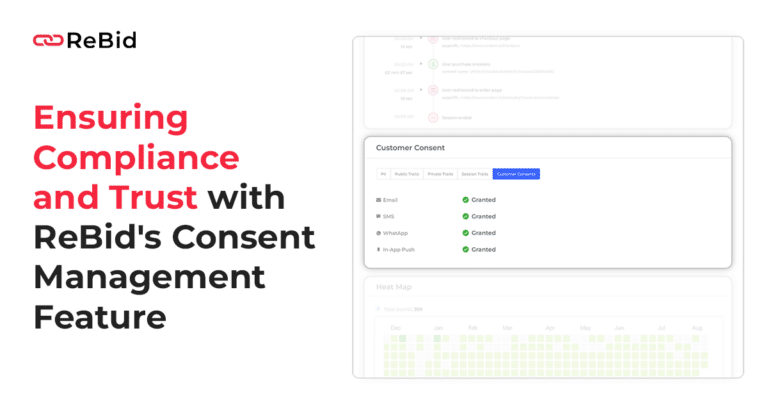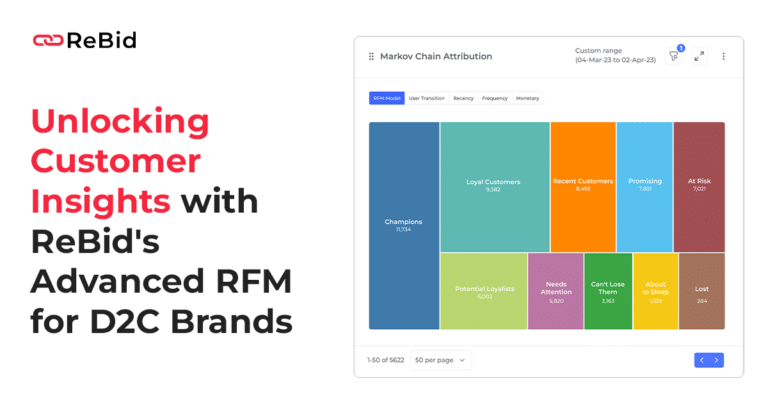Ideally, digital media buying should be a simple process. You acquire ad space on a website or buy ads, and the relevant websites then feature your ads. Voila, all done! In reality, digital media buying has a lot of moving pieces. The planning process itself can be overwhelming for marketers. So, we are here today to help you navigate one of these choices – Display & Video 360 Vs. Google Ads. We will cover how these two models shape digital media buying and planning strategies. You can then determine how they fit into your marketing goals.
What is Google Display Ads (GDA)?
Google Display Ads, formerly known as Google AdWords, allows brands to show their ads across mobile apps, google search, YouTube, and other platforms. Users see these ads based on their search history, third-party cookies, and other digital behaviors.
Google Ads are a favorite among small and mid-sized businesses since it allows you to pay per click or based on keywords and other relevant factors. An average click can cost anywhere between 30 cents to a couple of dollars.
Google Ads also allows for reasonable personalization – users see different ads on the same website based on their search behavior.
Make the most of your Google Ads investment with ReBid Buy
What is Display & Video 360?
Display & Video 360 (DV360), earlier called Doubleclick Bid Manager, is a part of Google’s demand-side platform (DSP). It is integrated with Google Analytics and Campaign Manager, and Studio.
Through DV360, marketers buy advertising space using first-party and third-party data on targeted websites and platforms. Since you are pre-purchasing ad space that has nothing to do with how many clicks you get, DV360 requires a reasonable advertising budget.
Differences in Display & Video 360 and Google Ads
Here are some key DV360 Vs. Google Ads differences you need to keep in mind as you decide which one is ideal for your next campaign:
- Targeting
Although DV360 and Google Ads offer excellent targeting capabilities, there are some differences in how they do this. With Google Ads, for example, you target the right audience through demographic delineation and plugging in the right keywords using Google’s keyword planning tool. In addition, Google uses its own data to assist you with targeting.
DV360 allows for a broader range of targeting, one of the primary uses of first-party data in marketing. The third-party data you have on hand will further help sharpen your targeting. DV360 leverages your brand’s first and second-party data for targeting. You get audience profile analysis and activity-based audience builder tools too with DV360.
- Ad budget
Google Ads gives you control over your advertising budget because you can set a budget cap for each month, with the option to discontinue the ads at any time. Another thing that works in favor of Google Ads if you have a limited budget is paying only when a user clicks on your ad.
With Display & Video 360, the budgeting process is somewhat different. It allows you to set your budget in every insertion order or line item in terms of:
- Revenue to spend to buy impressions
- Number of impressions to be purchased
You also get different pacing settings that allow you to track your spends microscopically, ensuring that you don’t exceed, or worse, waste your ad budgets.
- Ad format
Google Ads can be images, videos, and text ads. These ads can also be responsive, i.e., they automatically resize themselves to fit within the ad space available. So, for example, the same ad will be smaller on a mobile screen and its regular size on your laptop.
Display & Video 360 creatives can be a combination of all of these, in addition to audio, CTV commercials, and many other ad formats. In addition, you will have the option to execute data-driven creatives through innovative formats and real-time previews.
- Inventory
Google Ads inventory includes Google Ad Exchange, the Google-owned programmatic marketplace where marketers buy display ad space in open auctions. It also has access to the YouTube inventory.
DV360, on the other hand, includes Google Ad Exchange and other non-Google exchanges. With both inventories, real-time bidding (RTB) allows your brand to find new audiences, assisting your customer acquisition targets.
- Reports and insights
Google Ads allows you to set specific campaign goals, like increasing traffic to your website. Then, depending on your chosen objective, it will generate detailed insights. Google Ads also indicates how to optimize settings in line with your campaign objectives.
However, Google Ads doesn’t offer performance data in real-time. Instead, some insights are generated once every 24 hours. The more fundamental reports, such as those related to clicks and impressions, are available for viewing every three hours.
With Display & Video 360, you can visualize your data through charts and tables. You will get performance reports instantly. You can compare site engagement and tweak campaigns based on metrics like average session duration, bounce rates, etc.
- Deals
Since Google Ads is not inventory-based, there is no concept of creating deals with publishers in the marketplace.
With DV360, you can create advertising inventory agreements with a seller, i.e., a publisher or an exchange. These deals allow you to agree on budget, pacing, and targeting variables. You can also exercise programmatic guaranteed deals, enabling automated buying solutions. These deals may require some negotiation. But they help you put your creatives on premium platforms without inflating the cost per thousand impressions (Cost per mile).
Achieve hyper-targeting goals and unlock innovative ad creatives with ReBid Buy and Google DV360 Integration. Ask for a demo and get started today
Google Ads Vs. Display & Video 360 – marketers share their experiences
According to Lisa Dietrich, co-founder of RemoteCanteen, DV360 requires a higher level of digital media buying and planning. If it is not set up correctly, it can lead to duplicate or wasted impressions. For example, in a Google Ads setup, you must be careful about misreported low click-through rates and high impression costs.
She further adds that Google Ads can be a more effective tool if you have a highly targeted audience but a limited budget. At the same time, DV360 can be more valuable because of its enhanced targeting capabilities. The campaign goals need to determine your choice between the two.
Max Benz, founder and CEO of BankingGeek, recalls the time he was doing a promotion for a new product launch, and he needed as many sign-ups as possible. He used both Google Ads and DV360 to reach potential customers. But soon, Max realized that since both systems have starkly different pricing, he could not budget for them in the same manner. Not having a detailed understanding of pricing model differences between Google Ads and Display and Video 360 can mean overshooting your budget without a proportional increase in ROI.
Both these founders advise that you pick between Google Ads and DV360 depending on your brand’s unique advertising and campaign goals and not because one is “better” than the other.
No matter what you choose, ReBid is here to take on the burden
Our unified platform will take over your digital media buying and planning requirements. We have a single interface that helps you track all your campaigns and continuous visibility into campaign performance.
ReBid Buy gives you a granular level of campaign analysis across Google Ads and DV360, empowering you to smash all your campaign KPIs.




